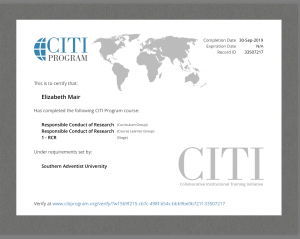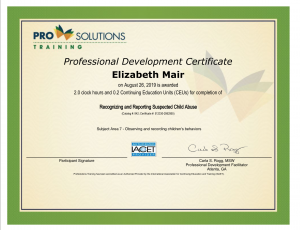A professional social worker is a person who not only adheres to the code set forth by the National Association of Social Workers, but upholds each value at all times. They never waver when it comes to doing what is morally correct and refuse to participate in acts which oppress, undermine, threaten, and harm marginalized populations. The first competency sets the tone for the 9 to follow: ethics and professionalism.
How we demonstrate this competency is reflected in our physical and online deportment, the way we carry out organizational standards, and perform to the best of our ability. These standards vary depending on the organization, level of autonomy, and one’s relationship with the administrative body of the organization. Professionalism can look like sending an email to a key stake holder thanking them for continued support, or wearing the organization’s shirt to do a presentation before a group of students. A measure by which we can identify professionalism is how clear roles are set between student, supervisor, and client.
Practice Behaviors
1A. Develop a practice framework for analysis of complex environments, that is ethical, value-grounded, and evidenced-based
In the first semester of the Masters program, it was a requirement for students to take the CITI training course. The purpose of this training is to foster trust between professional researching bodies and the public; essentially a way for the public to know we are committed to promoting truth and shunning false data. At the conclusion of the course I received a certificate.

1B. Implement supervisory and self-care strategies that integrate professional strengths, limitations, and challenges
During weekly supervision, I would document learning moments, areas of growth, and personal successes in journal entries. Itineraries of weekly discussions and/or questions were kept in paper format.
1C. Exhibit commitment to professional growth through continuing education, supervision, and ongoing consultation
In the first month of interning with the Children’s Advocacy Center, I had the opportunity to undergo an online training program to identify abuse in school-aged children. Prior to taking this course I was ignorant of physical and behavioral signs of abuse, therefore each chapter was eye-opening and new.

1D. Demonstrate professional oral and written communication skills
I had the opportunity to demonstrate professional oral communication skills during a pseudo interview with a classmate for Advanced Clinical Practice I. In this video I utilized skills such as: summarizing, asking open & closed ended questions, asking for clarification when appropriate, and setting homework for future sessions.